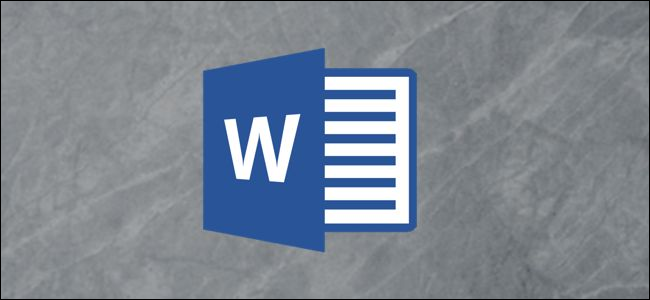
Plagiarism is a serious violation of ethics, but that doesn’t stop people from doing it. When you receive a Word document that should be “original” material, you can run it through a plagiarism checker. Here are your options.
Use an Add-in
One of the easiest ways to check for literary theft is to use Copyleaks, an add-in for Microsoft Word that scans the document for plagiarism. It’s easy to install Copyleaks, and it’s compatible with Word 2016 or later on PC and Mac.
RELATED: How to Install and Use Add-ins for Microsoft Office
While it says on Copyleaks’ overview page that it’s “free,” this is not entirely accurate (which you’ll also notice if you scan the user reviews). To clear up any confusion, the app does have a free plan, but it only provides 10 free credits per month.
For every 250 words the app scans, one Copyleaks credit is deducted from your account. So, if you have a 2,500-word document, you need 10 credits for the app to scan it entirely. Luckily, Copyleaks has three plans: free, subscription, and prepaid. Each tier has its own benefits and pricing scheme. In this example, we’ll use the free plan.
To install Copyleaks, head over to the “Add-ins” group of the “Insert” tab, and then click “Get Add-ins.”

The Office Add-Ins window appears. In the search bar at the top left of the window, search for “Copyleaks.” Select “Copyleaks Plagiarism Checker,” which should be the first result.

Post a Comment Blogger Facebook
We welcome comments that add value to the discussion. We attempt to block comments that use offensive language or appear to be spam, and our editors frequently review the comments to ensure they are appropriate. As the comments are written and submitted by visitors of The Sheen Blog, they in no way represent the opinion of The Sheen Blog. Let's work together to keep the conversation civil.